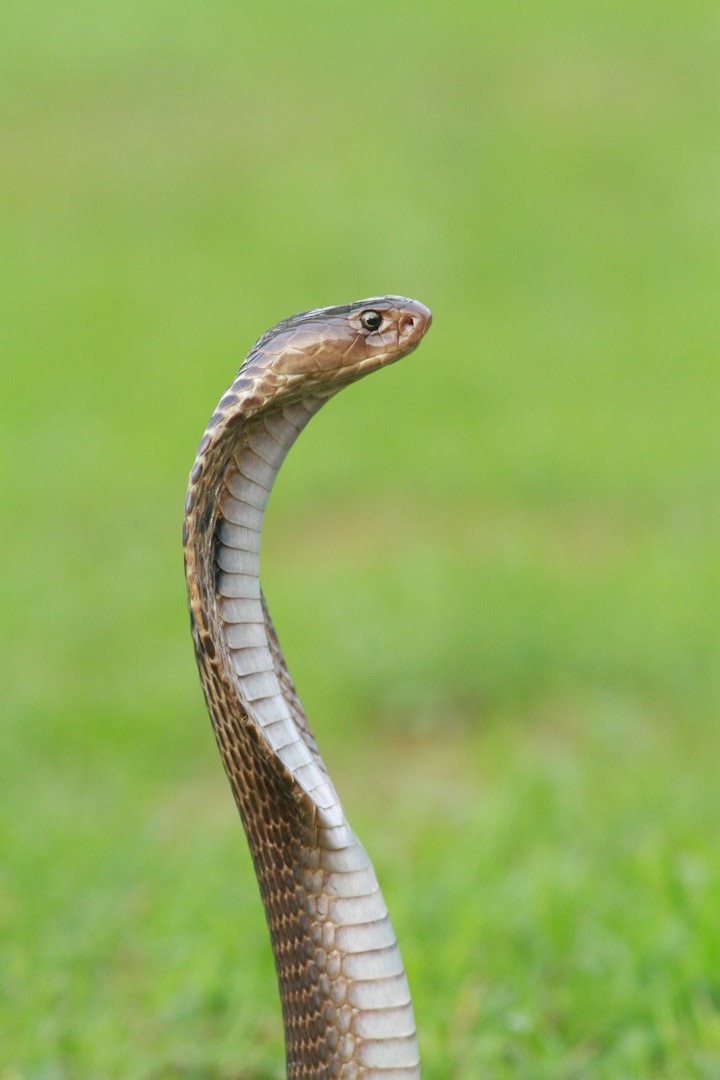How Snake Antivenom is Developed?
Snake Antivenom

Ken Winkel, who worked from 1999 to 2015 at the Venom Research Unit in Australia to find out if Indians could use snake venom, deserves credit for this idea, said Ken Hamilton Fairley. Fairley was a therapist in the Poison Research Unit and spent five years in Bombay.
On his return to Melbourne, Dr. Neil Hamilton Fairley, who had worked in India and India using snake antivenin, urged Kellaway to use his expertise in his antivenom research. In the 1890s, his colleague Frank Tidswell in the NSW Department of Health, Drs. Charles J. Martin at Sydney University and the University of Melbourne, research has produced Tiger Snake Antifungals that test animals.
In the late 19th century, snake antivenin was developed by making hyperimmune sera from snake venom in animals such as horses. Australia was one of the first countries to try this treatment and in 1898 Frank Tidswell began vaccinating former ambulance horses with leopard venom (N. scutatus).
The hyperimmune serum is purified to produce all the antivenin immunoglobulin G (IGG). G-IGG is then broken down to produce F-AB (F-AB) and 2-antitoxins to reduce side effects and increase efficiency.
French scientist Albert Calmette invented the first antivenin toxin in 1895. The first antivenom products were Crotalidae antivenins used to treat North American rattlesnake bites, including rattlesnakes, moccasins, and copper heads.
After being promoted by Hideyo Noguchi in 1909 but unseen, antitoxin production was started in the USA by Afranio Amaral of the Butantan Institute. In 1927, H. K. Mulford The Philadelphia company was the first company in the U.S. To license, manufacture, and sell anti-toxins. However, it may take another 30 years for the antivenin to be produced in the US.
Antivenin was invented in the late 19th century and was used in the 1950s. The first antivenin for North American rattlesnakes was produced in 1927, followed by polyvalent crotales antivenoms in 1953 and coral snake natives in 1967. Australia began producing anti-venom tiger snakes (Neches scutatus) in 1930, and in the 11 to 11 new years, antivenoms were infested with venomous snakes, fish, jellyfish, and spiders.
US-approved antivenoms include pit snakes, rattlesnakes, copper heads, water moccasins, and snake-based cleaning products, known as crabs. The venom from centipedes, spiders, and scorpions is purified and dehydrated before being shipped in fine powders of up to half a gram to research laboratory manufacturers, said Frank.
The venom of the snake is milked by hand and injected in small doses on horses and other animals to trigger the body's response. The life-saving antivenin is produced by injecting a host animal, usually a horse, with small amounts of pain from centipedes, spiders, and scorpions to boost the immune system and release its plasma to produce a vaccine-like treatment. The blood is then drawn from horses or other animals and purified to produce antibodies that act as a venomous snake.
Note that the main purpose of cat litter detection is not to determine if the venom has occurred. Australia is the only country in the world with snake venom kits, which contain a fast two-step enzyme immunoassay to wear the best antibodies against different snake venom.
If victims of snake bites arrive at the hospital on time with the proper administration of antivenom, there is a 100% chance of survival. As you can probably guess, the reason so many people die from snake bites is that there is no hospital nearby and there is not enough antivenom. This means that victims of snake bites do not have to receive all the antivenin doses if they are entitled.
This strategy has been used to combat the venom of scorpions, spiders, bees, and other poisonous creatures. Researchers now report that they have produced nanoparticles that absorb various toxins from test tubes - an important step in the first extensive antivenom.
In some cases, antitoxin manufacturers use weak electrical energy to promote the toxic release. Snakes with teeth in their mouths, such as colubrids, need a special tube that enters the collecting container after being bitten to get enough toxins from the snake's milk.
They do not want to waste valuable treatment so they feel compelled to wait to see if the biting victim shows signs of toxicity before taking antivenom. The World Health Organization (WHO) adds antivenom for snakebite to its list of essential medicines, but the world is facing a shortage of these drugs. The US Coral Snake Antivenom is no longer in operation, and the remaining stock of coral snake antivenom antenna expired in the fall of 2009, so they no longer have it.
Efforts have been made to obtain a permit for coral snake antivenom, made in Mexico to work for US coral snakes, but that approval is still being considered. Because of the general lack of antivenom in the treatment of snake bites, clinical researchers think that low doses are more effective than high doses of severe neurotoxic snake venom. The Commonwealth Serum Laboratory (CSL) has developed a vaccine against the red fungus (web spider), an Australian deadly snake.
In Africa, where 95 percent of venomous snakes are bitten in rural areas, less than 5 percent of victims receive antivenom, says Benjamin. The bite of a venomous snake can cause severe paralysis, preventing respiratory and bleeding disorders that can lead to fatal hemorrhage and kidney failure and untreated local tissue damage that can cause permanent paralysis and lead to amputation. A toxic lab in Oshkosh, where the poison is used, makes the antitoxins in the clinic they use, Benjamin said.
There are many types of snakes, including venomous and non-venomous, and not all biting snakes are the same. Knowledge of poisonous snakes that pose a serious threat to humans in a particular region or country is essential in dealing with snake bites.
They live in South Asia, Southeast Asia, and sub-Saharan Africa, prone to being bitten by poisonous snakes because they cannot get adequate health care and antivenom. Snake bites are common in poor communities and rural areas.
About the Creator
saurab sharma
Hello there, I am a content writer and a freelancer,





Comments
There are no comments for this story
Be the first to respond and start the conversation.